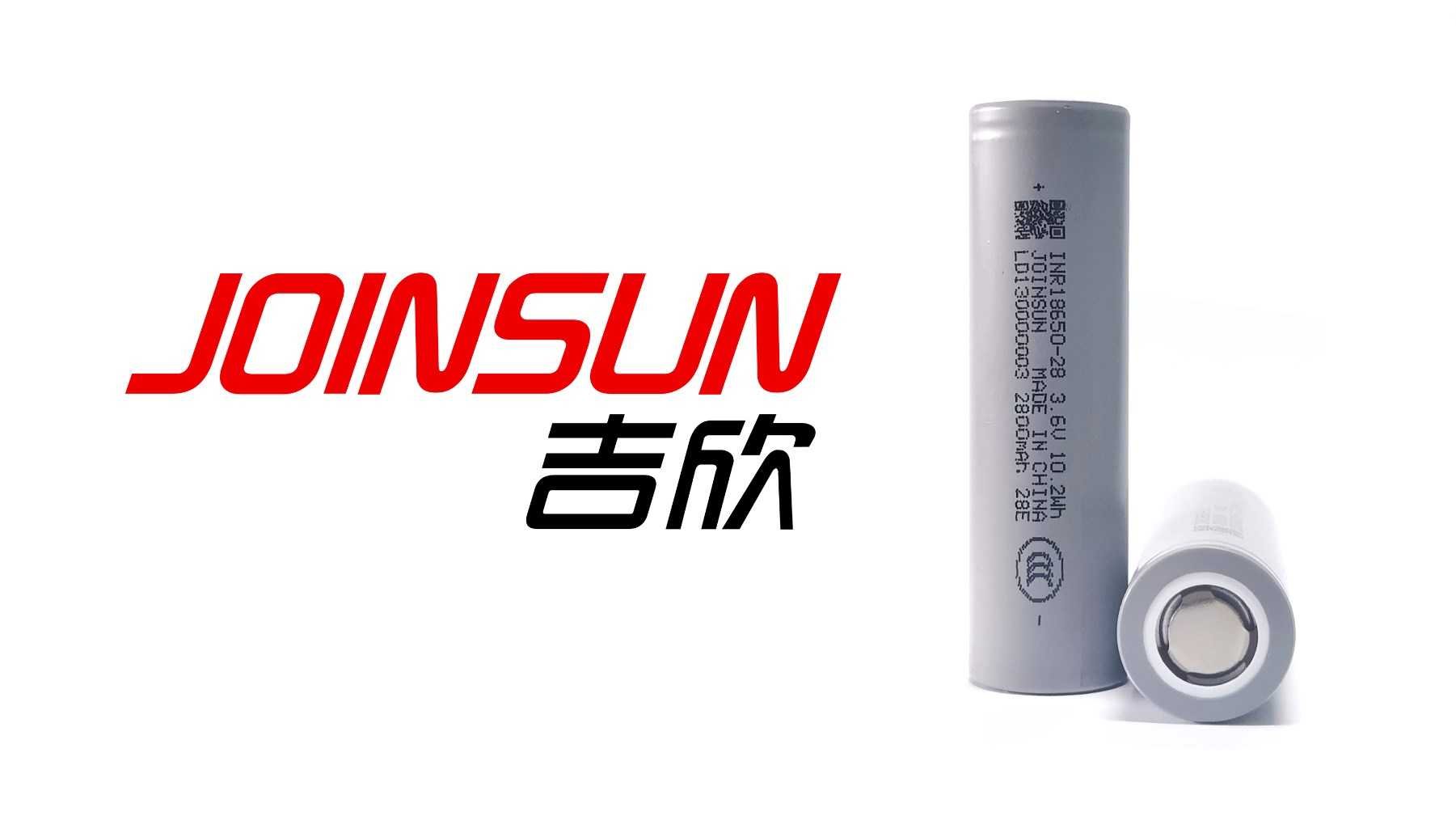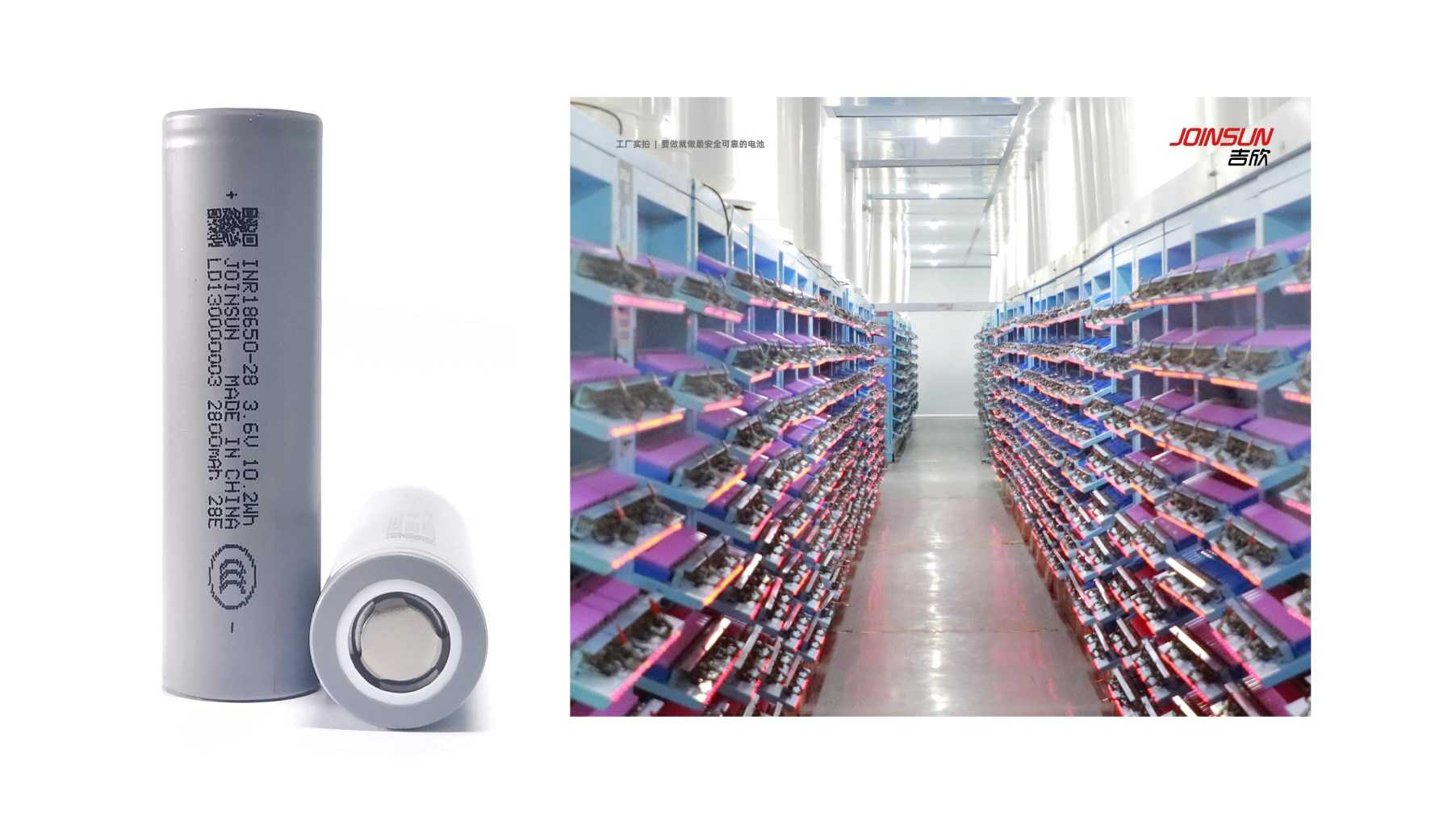14500 vs AA Battery: Which Is Better for Your Device?
14500 and AA batteries are similar in size but differ in chemistry and voltage. 14500 batteries are lithium-ion and offer higher voltage and energy density, making them ideal for high-drain devices. AA batteries, usually alkaline or NiMH, provide lower voltage but are widely compatible and often safer for everyday electronics.
What Are the Key Differences Between 14500 and AA Batteries?
14500 batteries are lithium-ion with a nominal voltage of 3.6–3.7V, while AA batteries typically have 1.5V (alkaline) or 1.2V (NiMH). Despite being the same size, 14500 batteries offer higher energy density but require devices compatible with lithium-ion chemistry.
AA batteries are widely available and versatile, suitable for low to moderate power devices, while 14500s are often used in high-drain gadgets like flashlights and vape pens.
Redway Battery provides high-quality lithium-ion 14500 cells tailored for demanding applications where energy density and reliability are priorities.
How Does Voltage Affect Device Compatibility Between 14500 and AA Batteries?
Device compatibility hinges on voltage: 14500 batteries’ 3.7V output can damage devices designed for 1.5V AA cells. Many AA-powered devices are not built to handle higher voltages, risking overheating or failure if a 14500 battery is used improperly.
Always verify device specifications before substituting. Some rugged or high-power tools benefit from 14500 batteries, while most household electronics function best with standard AA cells.
Manufacturers like Redway Battery emphasize clear labeling and customer guidance to ensure correct battery selection and safe usage.
Which Battery Offers Better Performance and Runtime?
14500 lithium-ion batteries generally provide superior runtime in high-drain devices due to greater energy capacity and higher voltage. Their rechargeable nature adds cost efficiency over time.
AA batteries, especially alkaline, have a lower energy output and perform well in low-to-moderate power gadgets. NiMH rechargeable AAs offer better performance than alkalines but still fall short of lithium-ion batteries regarding energy density and discharge rates.
Redway Battery’s 14500 lithium cells offer consistent, long-lasting power ideal for professional-grade equipment requiring sustained performance.
Why Is Safety a Concern When Choosing Between 14500 and AA Batteries?
Safety concerns arise because 14500 lithium-ion batteries can overheat, catch fire, or explode if mishandled or used in incompatible devices. They require proper charging circuits and protection.
AA batteries, mainly alkaline or NiMH, have lower risk and are safer for casual use but also need to be handled correctly to prevent leakage or ruptures.
Redway Battery integrates advanced battery management systems to ensure safety in lithium-ion applications, mitigating risks linked to 14500 battery use.
How Does Rechargeability Impact the Choice Between 14500 and AA Batteries?
14500 batteries are typically rechargeable, supporting hundreds of charge cycles, which reduces long-term costs and waste. They also recharge faster than standard NiMH AA rechargeables.
While rechargeable NiMH AA batteries are available, alkaline AAs mostly are single-use. Rechargeable options are best for devices with frequent use and moderate to high power demand.
Redway Battery’s lithium-ion 14500 solutions emphasize durability and stable recharge performance, making them ideal for professionals and tech enthusiasts alike.
When Should You Choose 14500 Batteries Over AA Batteries?
Choose 14500 lithium-ion batteries when your device requires high wattage, longer runtime, or when weight and size compactness are important. These batteries excel in specialized devices such as flashlights, wireless microphones, and vape equipment.
For household gadgets like TV remotes, toys, clocks, and low-drain electronics, AA batteries remain the best option due to compatibility, safety, and availability.
Consulting experts like Redway Battery ensures the correct battery type is matched to your device’s demand profile for optimal performance and safety.
Where Can You Safely Buy Reliable 14500 Batteries?
Reliable 14500 batteries should be purchased from reputable manufacturers like Redway Battery, who provide tested, certified lithium-ion cells with built-in protections and after-sales support.
Avoid low-quality or counterfeit 14500 batteries prevalent in the market, as they pose increased safety hazards and poor performance.
Choosing trusted OEMs guarantees compliance with international standards, superior build quality, and dependable customer service.
How Does Environmental Impact Compare Between 14500 and AA Batteries?
14500 lithium-ion batteries produce less environmental waste due to rechargeability and longer lifespan, reducing landfill contribution compared to disposable alkaline AA batteries.
However, lithium battery recycling is critical due to toxic materials. Proper collection and recycling programs mitigate environmental risks.
Choosing rechargeable batteries from companies like Redway Battery supports sustainability goals through longer use cycles and responsible manufacturing.
Does the Price Justify Choosing 14500 Batteries Over AA?
14500 batteries generally cost more upfront than AA batteries, but their rechargeability and longer lifespan deliver higher value over time. For frequent users and high-performance devices, this cost differential is justified.
AA batteries are cheaper initially and convenient for infrequent or low power usage scenarios.
Redway Battery offers competitively priced 14500 lithium-ion batteries combining economic and performance benefits aimed at professional markets.
Table: Technical Comparison of 14500 vs AA Batteries
| Feature | 14500 Battery (Lithium-ion) | AA Battery (Alkaline) | AA Battery (NiMH Rechargeable) |
|---|---|---|---|
| Nominal Voltage | 3.6 – 3.7 V | 1.5 V | 1.2 V |
| Diameter | 14 mm | 14.5 mm | 14.5 mm |
| Length | 50 mm | 50.5 mm | 50.5 mm |
| Capacity (mAh) | 600 – 900 | 1800 – 3000 | 600 – 2500 |
| Rechargeability | Yes | Mostly No | Yes |
| Energy Density | High | Low | Medium |
| Safety Concerns | High (requires BMS) | Low | Low to Medium |
Redway Expert Views
“The choice between 14500 and AA batteries depends heavily on device requirements. At Redway Battery, we emphasize the importance of matching battery chemistry and voltage to device compatibility to ensure optimum performance and safety. Our lithium-ion 14500 products offer high energy density and reliability for demanding applications, while our expertise supports customers in selecting the correct power solutions.” – Redway Battery Technology Team
Conclusion
Choosing between 14500 and AA batteries depends on device compatibility, power demand, safety, and cost considerations. 14500 lithium-ion batteries are superior for high-drain, rechargeable applications, offering higher voltage and longer runtimes but require compatible devices and careful handling. AA batteries remain the best choice for everyday low-to-medium power devices due to universal compatibility and greater safety. Brands like Redway Battery deliver specialized solutions to optimize battery performance and user safety, enabling informed and confident battery decisions.
FAQs
Q1: Can a 14500 battery replace a AA battery in any device?
No, due to higher voltage and chemistry differences, 14500 batteries should only replace AA batteries when the device supports lithium-ion batteries.
Q2: Are 14500 batteries rechargeable?
Yes, 14500 batteries are typically rechargeable lithium-ion cells.
Q3: How many times can 14500 batteries be recharged compared to AA NiMH?
14500 lithium-ion batteries generally support 300–500 cycles, comparable or better than NiMH AA rechargeables.
Q4: Are lithium-ion 14500 batteries safe for children’s toys?
Generally, no. Most children’s toys are designed for standard AA alkaline batteries and using 14500 lithium-ion batteries can cause safety issues.
Q5: Does Redway Battery manufacture both 14500 and AA batteries?
Redway Battery specializes in lithium-ion 14500 cells and offers OEM customization for various lithium battery formats but is primarily focused on lithium technology rather than traditional AA alkaline batteries.



